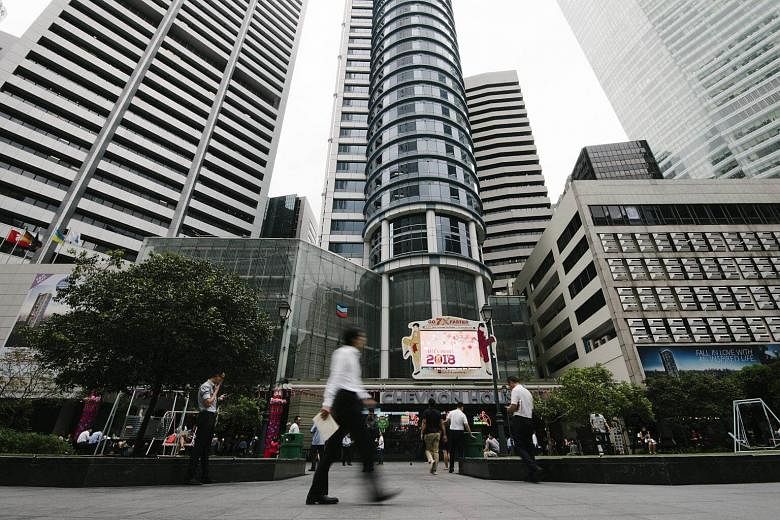The need for new guidelines to combat money laundering and terrorism financing was laid out in stark terms yesterday.
The authorities cited a South Asian conglomerate that laundered huge amounts of cash by using 10 subsidiaries to swiftly shift funds of no more than US$20 million (S$26.7 million) each time between the units.
The subsidiaries - in South-east Asia, South Asia and the Middle East - used at least one Singapore bank account to channel the funds in 2016 through the complex web of inter-company transfers.
That was just one of the increasingly common tricks used to disguise illicit fund flows that Singapore regulators want the banking industry to review.
This review process began in April last year when the AML/CFT Industry Partnership (ACIP) was set up.
AML/CFT refers to anti-money laundering and countering the financing of terrorism.
-
$27m
Upper limit of funds shifted each time by a South Asian company that used 10 subsidiaries to launder huge amounts of cash.
It is chaired by the Commercial Affairs Department (CAD) and the Monetary Authority of Singapore, and involves input from the three Singapore banks, Citibank, HSBC, Standard Chartered, UBS and BNP Paribas.
Recommendations stemming from the first year of talks were tabled yesterday.
The authorities noted that Singapore's open economy makes it vulnerable to risks of money laundering, with regulators flagging the increased complexity of such cross-border infractions.
One way to meet the challenge involves ACIP member banks building data analytics solutions to combat illicit behaviour, with regulators looking to standardise the way suspicious transaction reports are made to the authorities.
CAD director David Chew said the ACIP is also working with professional intermediaries, which are important gatekeepers in fighting money laundering.
"For example, lawyers and corporate service providers run the risk of setting up complex corporate structures to help criminals camouflage the true owners of tainted money," he added.
The papers tabled yesterday offered several case studies on the misuse of legal entities, as well as red flags to spot trade-based money laundering.
One cited an "ostensible government-linked entity" that had public officials misrepresent to auditors that missing funds from capital-raising activities were invested in a private investment fund through an offshore subsidiary.
These funds can present a problem as they are set up by private banking clients, though the assets are held by the banks. Banks were advised to first check on the credibility of the sources of fund valuations before accepting the funds as a custody asset.
Fake documents are common in trade finance, it was noted.
Besides checking documents, banks also need to assess a customer's profile.
In one case study, a bank had sought more information on one of its client's oil trading counter-parties and found that the entity was selling toys and games, not oil, raising suspicions.
Mr Victor Ngo, head of group compliance at United Overseas Bank, said the guidance paper will provide practical insight into how financial institutions can strengthen internal controls and help build a more transparent and accountable financial system.

